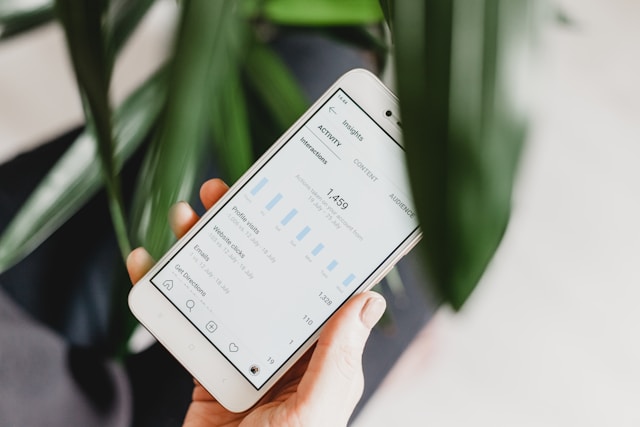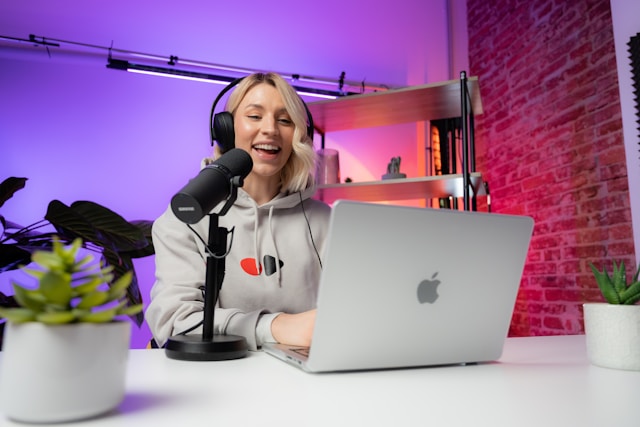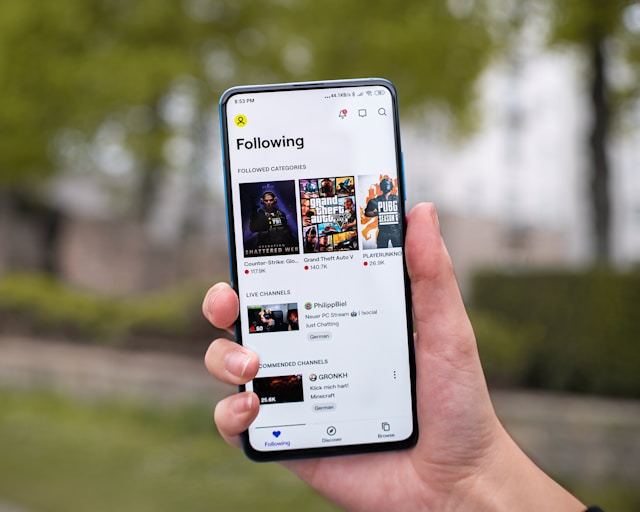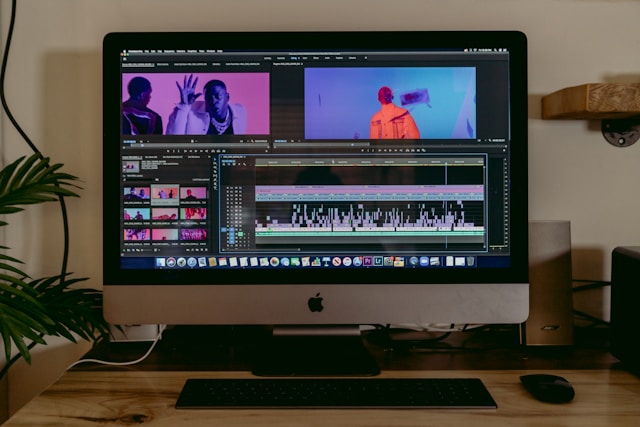
How To Buy Twitter Followers That Help Your Account
It’s hard to grow on X (formerly Twitter) without followers. For example, you won’t have people who’ll retweet or comment on your new posts. Luckily, many online services…

It’s hard to grow on X (formerly Twitter) without followers. For example, you won’t have people who’ll retweet or comment on your new posts. Luckily, many online services…

Instagram keeps track of which songs are most popular on the platform. It even has a list of its top fifty most popular tunes. Using trending audio on…

To many, bots seem like an easy way of getting ahead on YouTube. With one quick payment, a channel’s subscriber numbers could double. But what are sub bots?…

Streams with a thriving chat will grow faster due to Twitch’s algorithm. Some streamers will even buy commenters to grow their channel. With the right strategy, you can…

On a platform like X, where you share funny quips and deep thoughts, likes are the ultimate validation. While real likes are always the goal, there is a…

Gift subs are a chance for Twitch viewers to give people a subscription to a channel. They come with every typical sub benefit, and the recipient can freely…

Spotify lets users save tracks to playlists, including a special Liked Songs list. They’re practically guaranteed to go back to these for future listens. But what do saves…

Shorts are everywhere on YouTube, to the point that you might be sick of them. If you don’t like or watch these videos, you may consider removing them…

Facebook has been around for over two decades. While some see it as a dinosaur of social media, it’s still an integral part of any creator’s online presence.…

A large part of being a TikTok creator is coming up with and effectively executing engaging content ideas. Easier said than done, we know. The truth is that,…

Stitching a TikTok video could help you break into a community. This feature gives you a chance to put your own spin on a prompt. Alternatively, you could…

You must play the right games to get people’s attention on YouTube or Twitch. However, your choice shouldn’t just be about which one gets more views on other…